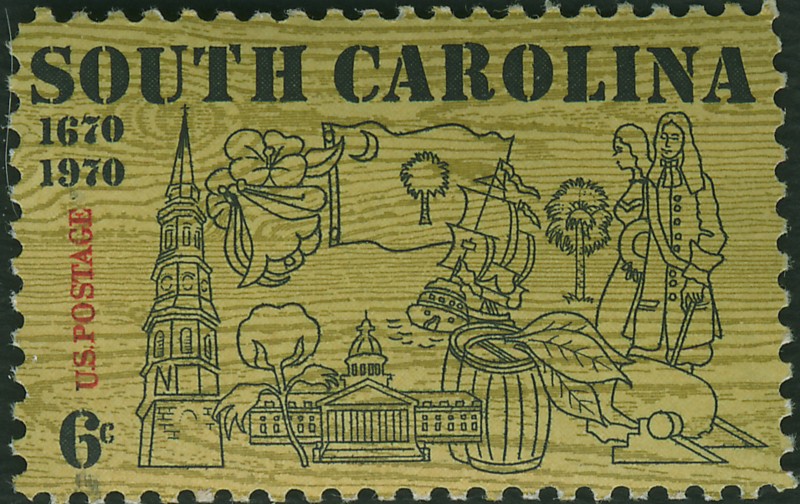
Early South Carolina History
In 1663, England’s King Charles II ceded the Carolinas to Anthony Ashley Cooper and seven other proprietors who had supported the Stuarts in ending the Cromwellian Revolution and returning Charles II to the throne. Although the Crown did not divide the Carolinas into two quasi-self-governing regions until 1691, British colonists established the first permanent settlement in what would become South Carolina in 1670.
The border dispute between North and South Carolina was not settled until 1772. Prior to this North Carolina had issued more than 1,000 grants for land in an area that is now South Carolina but which was then thought to be in the North Carolina counties of Bladen, Anson, Mecklenburg, and Tryon. The records of these grants–plats and warrants for the most part–form the basis of North Carolina Land Grants in South Carolina. The data provided includes the name of the grantee, the file, entry or grant number, the relevant book and page of the original record books, the location of the grant, the names of owners of adjoining property, and the dates of the various instruments.
Anthony Ashley Cooper and the seven other proprietors who settled in South Carolina also imported the Barbados slave code, setting the stage for the cultivation of rice and indigo on plantations throughout the South Carolina Low Country. Small farms, not dependent on slave labor, dotted South Carolina’s Up-Country, which attracted land-hungry pioneers from Virginia and Pennsylvania in particular. The colony was also important as a producer of naval stores (tar, pitch, etc.) throughout the 18th century. Besides its British stock and the ever-growing African-American population, South Carolina attracted persons of German and French Protestant (Huguenot) descent. Scots Highlanders and Scots-Irish settlers, it should be noted, ventured the farthest west of all the colonial South Carolinians.
Charles Town (later renamed Charleston), the first planned community in the British colonies, was established in 1680. It eventually became the colonial capital and represented the interests of the planter class. Over the course of the colonial period, the Up-Country farmers’ political and economic isolation from and resentment of the planters created deep fissures among the South Carolina populace on issues of representation, American independence, and slavery.
Notwithstanding these class divisions, South Carolina figured large in the outcome of the American Revolution. Experts have counted no fewer than 137 battles that took place in the South Carolina theatre of the conflict. In 1780, after three attempts, British forces took the city of Charleston. Shortly thereafter, following the defeat of American General Horatio Gates at Camden, the Crown controlled most of the state. Following stunning victories at King’s Mountain (October 1780) and Cowpens (January 1781), however, South Carolina’s patriots ultimately drove the main British army back to Virginia, setting the stage for the great showdown at Yorktown.
Image credit: 1970 6-cent stamp commemorating the tri-centenary of South Carolina, By w:United States Post Office Department (scan by Greudin, 2003) [Public domain], via Wikimedia Commons.
Recent Blog Posts



